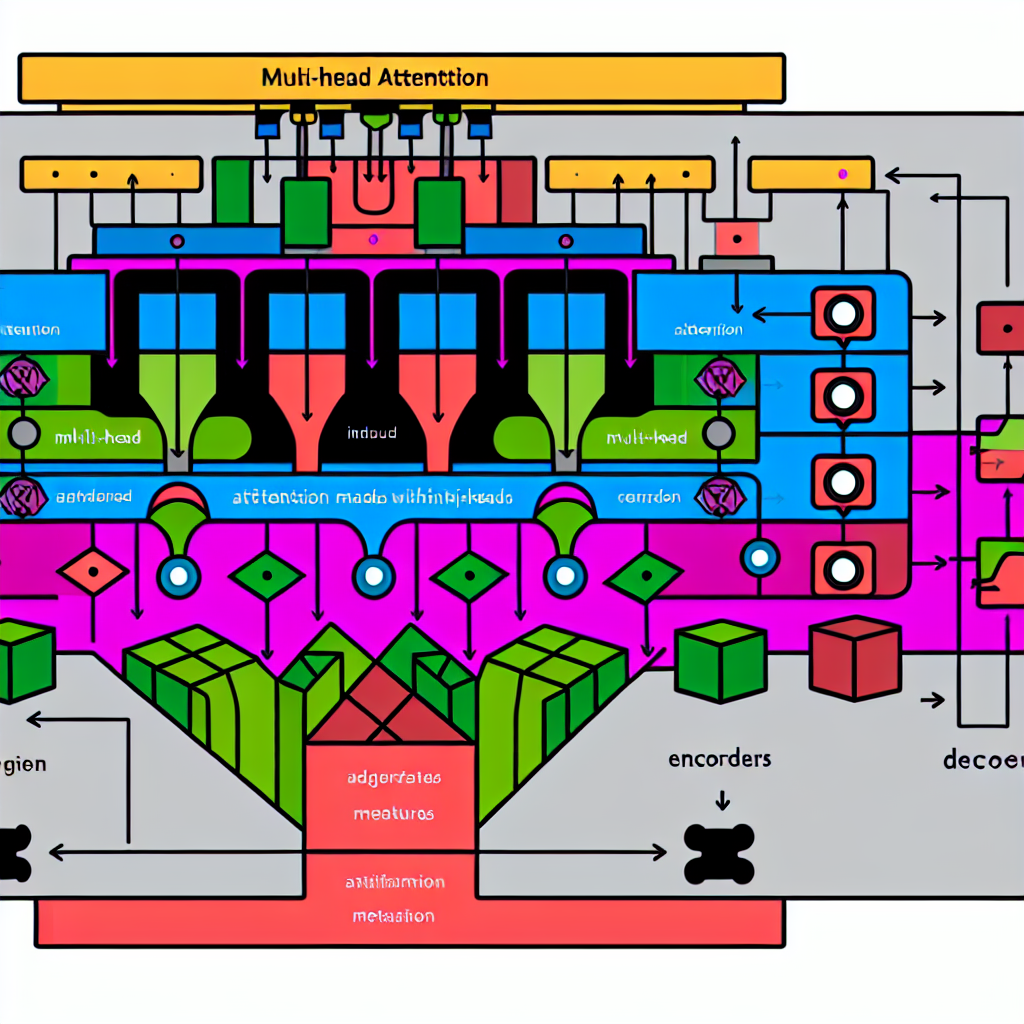Advanced Conversational AI in 2025: Creating Human-Like Interactions
Conversational AI has become a cornerstone technology in modern communication, transforming how businesses and individuals interact with each other. Facilitated by innovations in natural language processing (NLP) and machine learning, chatbots and virtual assistants are increasingly capable of providing human-like interactions. As organizations rush to adopt these advanced technologies, the key challenge remains in making these interactions as seamless and natural as talking to a real person. This article explores the latest advancements, challenges, and opportunities in conversational AI for 2025, targeting AI and data science professionals eager to delve deeper into the future of AI-driven communication.
Table of Contents
Evolution of Conversational AI
The journey of conversational AI began decades ago with simple rule-based chatbots. These early models relied on pre-defined scripts and lacked the adaptability necessary for dynamic interactions. With the advent of NLP and advanced machine learning algorithms, conversational AI has evolved significantly. Modern systems can process and interpret nuanced language, making human-like interactions more achievable than ever.
Today, we see conversational AI systems integrated into customer service, healthcare, and education, offering real-time support and information. For instance, virtual assistants like Amazon’s Alexa and Google Assistant exemplify how far we’ve come, providing users with seamless voice-activated interaction capabilities.
Advanced Applications of Chatbots and Virtual Assistants
The applications of conversational AI extend far beyond basic customer support. In healthcare, chatbots assist in patient monitoring and appointment scheduling. For example, the NHS in the UK has deployed AI-based systems to offer preliminary diagnosis and guidance.
In the finance sector, chatbots enhance customer experience by providing instant support and detailed insights into account management. Educational platforms use virtual assistants to personalize learning experiences, adaptively guiding students based on individual needs. As AI technology advances, these applications will become even more sophisticated.
Popular Frameworks and Technologies
Developers use various frameworks and technologies to build robust conversational AI systems. Google’s Dialogflow and Microsoft’s Bot Framework are popular choices, offering easy integration and extensive customization options. OpenAI’s GPT and other transformer-based models have set new benchmarks in understanding and generating human-like text.
Leveraging these frameworks, developers can create interactive systems that learn from previous interactions to better serve users. This adaptability is crucial for creating engaging and efficient user experiences.
Emerging Trends in NLP and AI
In 2025, conversational AI is anticipated to leverage advancements in multimodal interactions, combining text, voice, and visual data for more comprehensive user interfaces. AI technologies like sentiment analysis and emotion recognition are becoming more accurate, allowing systems to tailor responses based on emotional cues.
Merging AI with the Internet of Things (IoT) is another trend, enabling devices to communicate more effectively, creating smart homes and offices. The continuous evolution of AI algorithms ensures that these systems become smarter over time, adapting to user’s preferences.
Overcoming Challenges
Despite the promising advancements, challenges remain in achieving truly human-like interactions. Contextual understanding and handling ambiguous queries are complex tasks for AI systems. Bias in machine learning algorithms can result in unfair or inappropriate responses, necessitating rigorous training and validation.
Privacy is another critical concern. As conversational AI systems access vast amounts of personal data, ensuring data security and compliance with regulations like GDPR is imperative. Addressing these issues will be key to the widespread acceptance of conversational AI.
Conclusion
In exploring the landscape of conversational AI, it’s evident that the future holds great potential for creating more authentic and personalized interactions. As technologies advance and overcome existing challenges, the gap between human and machine will narrow considerably. With ongoing research and development, AI systems will soon mimic human communication in more profound ways.
For AI and data science professionals, staying updated with these developments is crucial. Further reading on topics such as machine learning ethics and AI integration can provide additional insights into this rapidly evolving field. Consider subscribing to our newsletter for regular updates and deeper dives into AI advancements.
FAQ
What is conversational AI?
Conversational AI refers to technologies that enable computers to interact with humans in a natural language setup, including chatbots, virtual assistants, and other NLP-based systems.
How does NLP contribute to AI advancements?
NLP is crucial for understanding and generating human language, enabling AI systems to interpret user intent and provide relevant responses, thus improving communication efficacy.
What are the ethical concerns in conversational AI?
Ethical concerns include data privacy, algorithmic bias, and the potential misuse of AI technologies in impersonation or misinformation efforts.
Can conversational AI replace human interaction?
While conversational AI can enhance and complement human interactions, it is unlikely to fully replace the nuanced empathy and understanding inherent in human-to-human communication.



